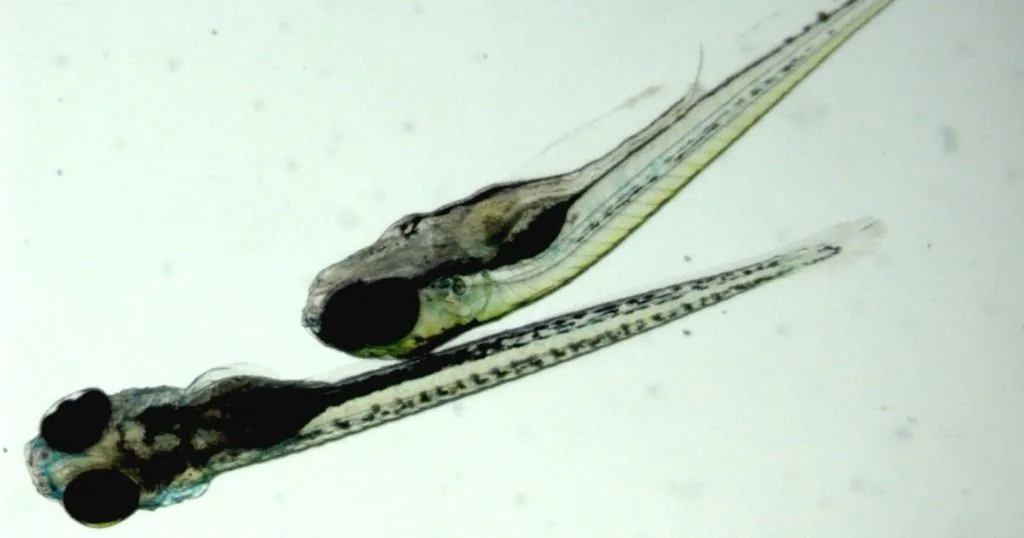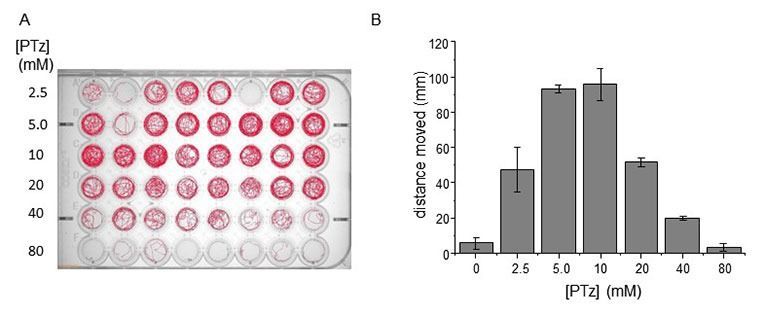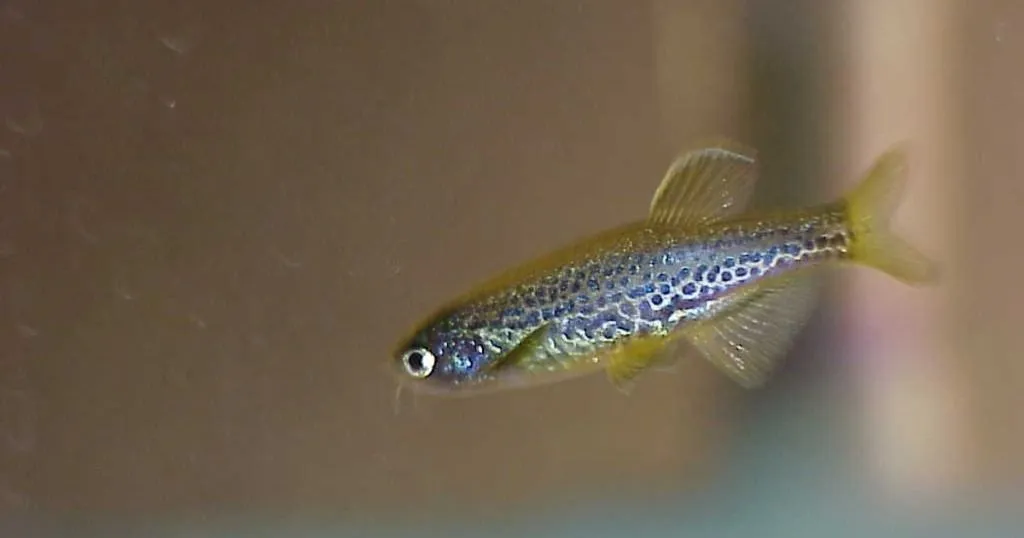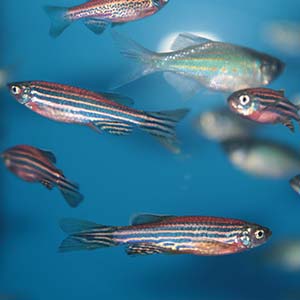Seizing fish: a high-throughput screen for novel antiepileptic drugs

The lab of Prof. Richard Baines investigates how the electrical development of neurons is regulated. His research was long based on the larvae of fruitfly, but the lab recently started using zebrafish larvae.
Posted by
Published on
Fri 16 Oct. 2015
Topics
| Danio Rerio | DanioVision | EthoVision XT | Zebrafish |
This week we have a guest blog post from Prof. Richard Baines. His lab investigates how the electrical development of neurons is regulated. His research was long based on the larvae of fruitfly, but the lab recently started using zebrafish larvae. He kindly agreed to share his insights on our blog.
Zebrafish are being used to model many human diseases such as Parkinson’s disease, cancer and autism [1]. Many labs are also using this versatile fish to identify novel drugs to treat epilepsy [2,3].
Proconvulsant testing in zebrafish
Exposing 2 to 4 dpf fish to moderate concentrations of water-soluble proconvulsants, such as pentylenetetrazol (PTz), is sufficient to dramatically increase locomotion that can very easily be measured using the DanioVision system. Prior exposure to clinically used antiepileptic drugs (e.g. sodium valproate) imparts protection that is evidenced as a reduced locomotor track length. The ability to scale-up the assay to 96-well plates with DanioVision makes this an attractive primary screen for compounds with potential anticonvulsive activity.

The 48-multiwell plate shows 10 min locomotor path-lengths in the presence of increasing concentration of PTz. The same data are averaged in the histogram (see reference in editor's note).
Courtesy of Richard Baines.
From fruitfly to zebrafish
The Baines lab at the University of Manchester has recently begun to use the DanioVision system to identify novel anticonvulsive compounds. Their work has its origins in an even smaller animal model - the fruitfly Drosophila melanogaster. This insect, which in many ways can be considered the forerunner of zebrafish, allows easy genetic manipulation which the Baines group has fully exploited to identify changes to gene expression that occur during seizure. Identification of genes facilitates subsequent identification of possible anticonvulsive compounds.
However, whilst ideal for genetic studies, the fly is a long way removed from humans and zebrafish are providing the ideal bridge. Whilst still the subject of active investigation, the Baines group have identified a number of novel compounds that have the potential to become next-generation antiepileptics.
References
- Stewart, A.M.; Braubach, O.; Spitsbergen, J.; Gerlai, R.; Kalueff, A.V. (2014). Zebrafish models for translational neuroscience research: from tank to bedside. Trends in Neurosciences, 37(5), 264-78.
- Baraban, S.C.; Dinday, M.T.; Hortopan, G.A. (2013). Drug screening in Scn1a zebrafish mutant identifies clemizole as a potential Dravet syndrome treatment. Nature Communications, 4, 2410.
- Baxendale, S.; Holdsworth, C.J.; Meza Santoscoy, P.L.; Harrison, M.R.; Fox, J.; Parkin, C.A.; Ingham, P.W.; Cunliffe, V.T. (2012). Identification of compounds with anti-convulsant properties in a zebrafish model of epileptic seizures. Disease Models & Mechanisms, 5(6), 773-84.
Editor's note: Find here the original and full description of the example of the larval PTZ model using Noldus software and EEG in this article.
Related Posts

The effect of environmental levels of lead on zebrafish development

What we can learn from zebrafish in a T-maze

